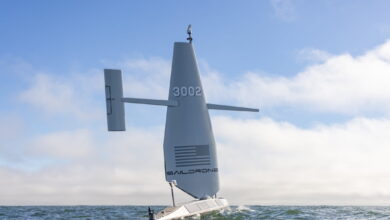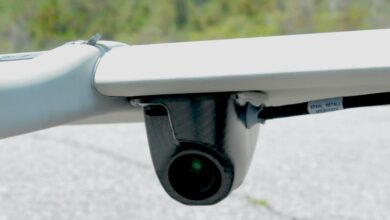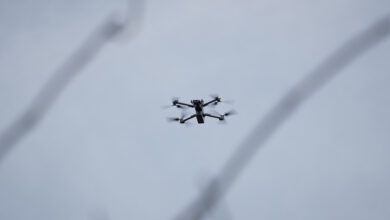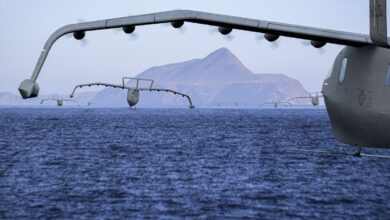US Marine Corps to Receive New Wireless Radios
US Marine Corps Systems Command has awarded Silvus Technologies a $5 million contract to provide advanced radios for networking on-the-move (NOTM) capabilities for its joint tactical and amphibious combat vehicles.
Under the agreement, the California-based firm will provide its StreamCaster 4400 MANET, which provides a self-organizing mesh network throughout multiple bandwidths with high data rates.
The Marine Air-Ground Task Force will utilize the wireless radio to access satellite communications, connect in-mission multi-domain units, and maintain transmission of critical information between warfighters and commanders for increased situational awareness.
High-Performance Networking Capability
According to Silvus, each 4400 MANET radio is equipped with the company’s proprietary Mobile Networked MIMO antenna technology, which offers flexibility for operations in contested environments.
“As the Department of Defense increases integration of MANET radios into the Joint All-Domain Command & Control Communications architecture, enabling USMC’s NOTM communications system is a significant milestone for Silvus,” Silvus US Military Senior Director Chris Nigon said.
“With this contract award, we are proud that our StreamCaster MANET radios and MN-MIMO waveform with advanced Spectrum Dominance capabilities will become an essential piece of the NOTM mobile communications system, putting high-performance wireless networking capabilities in the hands of our Marines.”
US Tactical Radio Modernization
In March, the US Navy awarded L3Harris a $3.69 billion contract to deliver hand-held radios and related equipment for its fleet personnel.
The US Army invested $6.1 billion the same month to upgrade its existing single-channel ground and airborne radio system radios for compliance with NATO interoperability requirements and to enhance network capability in counter-electronic warfare and nuclear environments.
In September, the army also placed a full-rate production order for hand-held radios with Collins Aerospace to enable interoperability across legacy waveforms.












